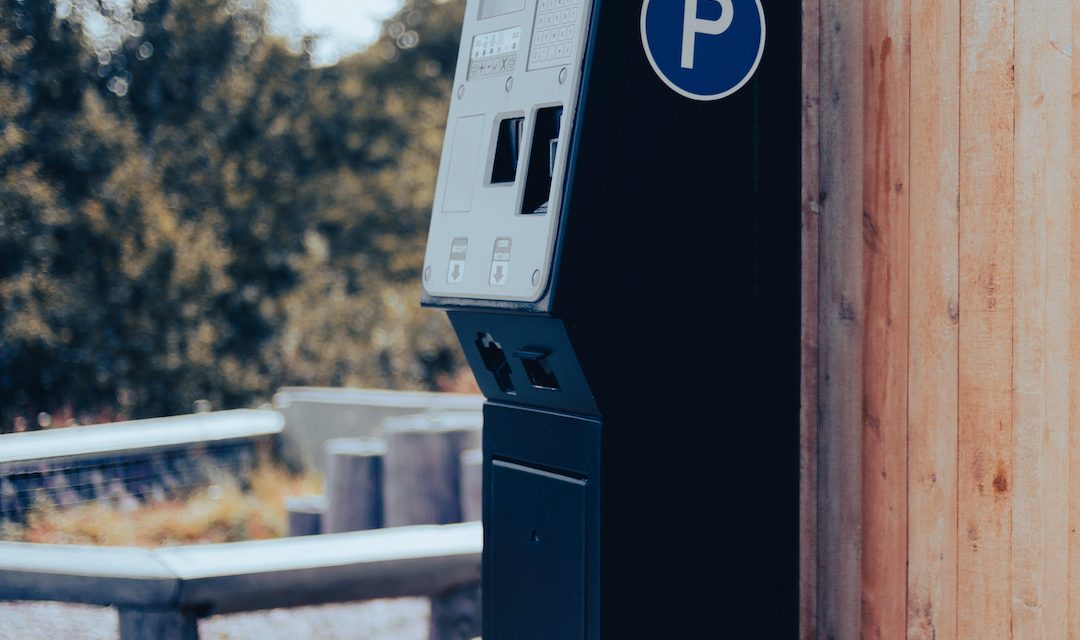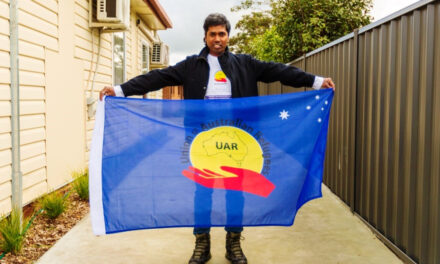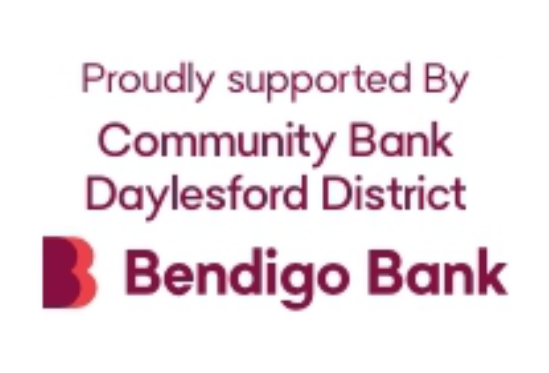Kate Redwood
As noted in last week’s Wombat Post article on the viability of our Shire Council, Hepburn has a range of problems which negatively impact the satisfaction with Council of residents and rate payers. Some of these problems are common to all rural councils – small, dispersed communities, aged infrastructure, insufficient scale to justify overheads. Could Hepburn do better if its finances were more robust?
It is reasonable to assume that Hepburn Shire Council has been negatively impacted by external pressures on its budget. These external factors include, but are not limited to:
- Rate capping imposed by state government with a percentage increase set each year in line with CPI,
- Reduced cost transfers from state and federal governments for funding services such as libraries among many others,
- Increased costs of materials and services such as building materials, roads, energy and petrol,
- Costs of the failed Rex project which resulted in part from huge escalation of building costs whatever the internal management failures may have been, and
- Additional unbudgeted costs of the clean up after storms and associated damage.
What, then, are the possible avenues for increasing income for Hepburn Shire Council?
Under the Local Government Act 2020, Councils are able to generate income from non-Council activities. Hepburn already has a number of these, which include caravan parks, Daylesford Boathouse, and the Hepburn Springs Bathhouse. Other councils similarly have a range of businesses that generate income. Councils also have a range of fees and charges and licenses for use of council facilities and services. These are usually set at relatively low rates to ensure that they are widely accessible.
Hepburn has a high visitation rate, particularly to Daylesford and surrounds, and it is natural that possible options for raising Council income include ways of making tourists pay.
A bed tax is one option which is often raised but there are issues of administration and compliance which make it an unattractive option for local government.
Paid parking is widely and increasingly utilised by councils as a significant source of revenue. It is a fee system that is clearly defined, (as compared with a bed tax, which is difficult to administer) and which can be accurately measured.
In areas that experience high visitation, parking fees can provide a much-needed income stream. Typically parking is metered and charged in areas of high visitation such as shopping centres or visitor attractions. The technology has evolved so that meters are less visually offensive and can have cash, credit card and online payment options. Their presence is now so ubiquitous that the negative public reaction appears to be much diminished.
However, recognising that paying for parking is likely to be highly unpopular with Daylesford locals, a paid parking scheme in Daylesford would need to be designed so that it was paid for only by visitors with residents being exempt. Under such a scheme, residents would have a parking permit sticker for their car windscreen such as residents have in inner city areas with high parking pressure. Rate payers that live outside the municipality would not be eligible for a parking permit.
If the parking fee program was targeted at visitors to Daylesford, then income would predominantly be generated on weekends, public holidays and school holidays.
The areas that could be considered for inclusion would be:
- Vincent Street between Central Springs Road and Albert Street including the centre road parking,
- Central Springs Road from Duke Street to Bridport Street,
- Bridport Street from Central Springs Road to Albert Street,
- Albert Street from the roundabout to Bridport Street,
- Howe Street from the Roundabout to Jamieson/Camp Street,
- Carpark at Lake Daylesford,
- Carpark at Wombat Hill Botanic Gardens, and
- Car park at Hepburn Springs Reserve.
While the number of spaces would need to be accurately assessed, a conservative estimate is 500 car spaces excluding existing disability parking, taxis and bus stops.
Estimating about six hours per day use by visitors for Friday, Saturday and Sunday, this would amount to a total of 9000 hours per week. If the hourly rate was $3, then the estimated weekly income would be $27,000 Parking on public holidays and during school holidays would increase this amount. Additional revenue would be generated by visitor parking during the week.
Over a year, the income from parking fees applied for the above areas would conservatively amount to over $1,300,000. Capital costs of parking meters and signage, and administrative costs of permits for residents, advertising, maintenance and back office services would need to be clearly understood as part of a business case and paid off over a given period.
The additional revenue generated could be used, for the implementation of the Vincent Street streetscape adopted by Council in 2012 but there are other projects which could also benefit.
Consideration has only been given here to the potential of parking revenue for Daylesford. Similar consideration could be given to parking meters for Creswick, Clunes and Trentham.
Kate Redwood is a former Hepburn Shire Councillor. Former Shire CEO, Victor Szwed, assisted with estimates of potential income.











